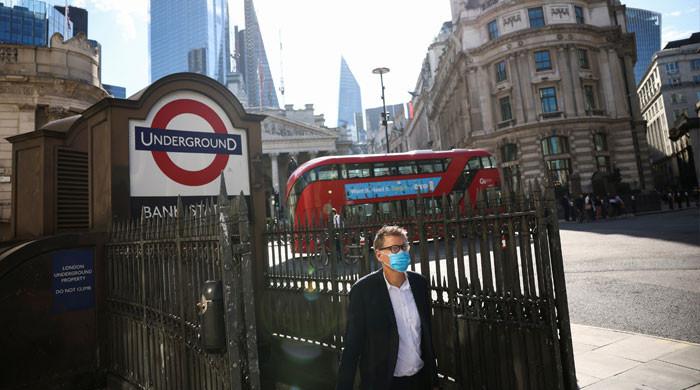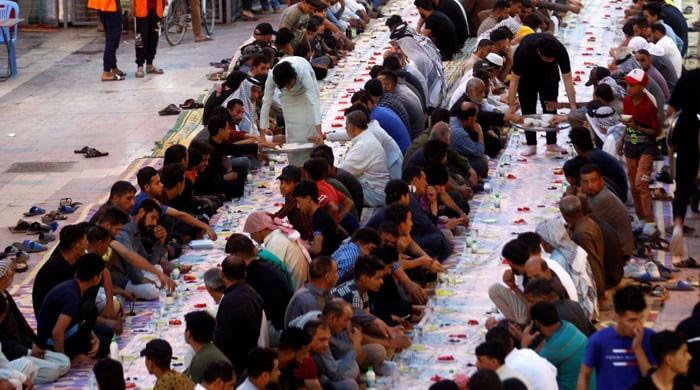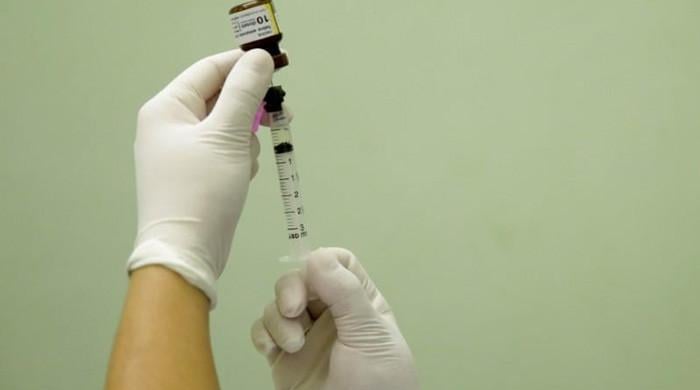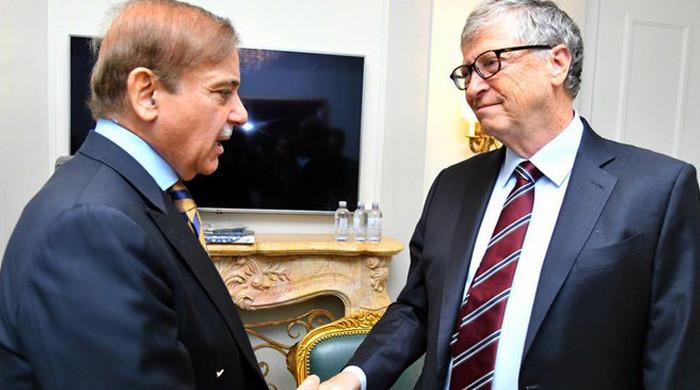[ad_1]
In this exclusive Instagram Live clip, Jeremy Faust, MD, editor-in-chief of MedPage Today, and Eleonora Teplinsky, MD, head of Breast and Gynecologic Medical Oncology for Valley-Mount Sinai Comprehensive Cancer Center in Paramus, New Jersey, discuss how the recent shortage of the chemotherapy mainstays cisplatin and carboplatin have impacted cancer patients and frontline clinicians.
The following is a transcript of their remarks:
Faust: Dr. Teplinsky, let me ask you about your side as a frontline clinician in this area. As an ER doctor, I don’t type in, “Let’s give a patient cisplatin.” That’s not an order that I put in. So, how long have you been seeing shortages like this that affect your patients?
Teplinsky: I would say around April — again, talking about this particular shortage with carboplatin and cisplatin — I think around April we started hearing about it. But it was one of those things, I’ll be honest, where you’re like, “Oh, this can’t possibly happen. This is happening somewhere else. This isn’t affecting us.”
Then I think NBC ran an article on it. Then for a month nothing happened, and then all of a sudden, I would say in May, it really kind of exploded in the sense that many, [the] majority of cancer centers were either experiencing complete absence of drugs or shortage of drugs. They weren’t able to procure it from their suppliers.
That quickly made its way to the patients not being able to get the drug, or having to sit in front of a patient and say, “I have a treatment for you. I don’t know if you’ll get it. I don’t know when you’ll get it. I don’t know what dose I can give you.”
And imagine, you’re already facing this life-changing diagnosis, but there are drugs — you just don’t know when you’ll get them. I think that we don’t talk enough about that emotional toll that takes on patients, because the uncertainty that everyone was facing was really quite tragic.
Faust: When you had that conversation with a patient — I guess it depends on the kind of cancer, doesn’t it? Because there are certain oncologic conditions where we’re so fortunate that we have many, many regimens. Maybe this one is a tiny bit better than that one and you’re sort of scraping out on your Kaplan-Meier curves, your survival curves, a couple of months here. Are you able to reassure your patients, or does it really depend on the kind of cancer that we’re talking about?
Teplinsky: It really depends on the kind of cancer.
I will say that the Society of Gynecologic Oncology really led the way with this because, unlike in other cancers where you can substitute, in gynecologic cancers it’s really hard — you need the platinum drugs. So they led the way. And then ASCO, the American Society of Clinical Oncology, followed and came up with guidelines for clinicians about when you can substitute, what you could substitute. Can we spread out the dosing, so instead of every 3 weeks, can we give it every 4 weeks to make the drug last longer? Can you reduce the dose?
Conversations that, again — how are we here in 2023 and having some of these discussions? But that’s kind of what happened.
The challenge really was: do we have data to substitute? Will you sacrifice the efficacy if you switch from one drug to another? Then as a result, if now everyone is shifting to this drug, do we have supply for the other drugs? So I think [they really were] very difficult discussions. And again, for some disease types we were able to make that switch, but not for all.
Faust: OK. I want to jump over in just a second to some of the policy side, but let me stick with you for one moment just to pursue that point a little further.
I study outcomes, mostly with COVID, but lots of other things too. But when you’re making these switches, I know that in pediatric oncology, for example, they’re always tweaking and testing and saying, “Let’s compare A to B and see how they do.” As this is happening, is this just too chaotic for anyone to stop and say, “Well, actually this is a little bit of an unfortunate opportunity to see well, are these biosimilars actually behaving decently comparably?” Or is it just too random for anything to be learned from this?
Teplinsky: Yeah, I think that it would’ve been great to be able to study, but it was too erratic because everyone was at different points in their treatment cycles. Some people had gotten five cycles and they had one more left. Other people were just starting out. Some of those patients we had to pivot and not do chemotherapy first, for example, and do surgery first where we normally wouldn’t. So the circumstances and the situations were each too different to actually look at this in a cohesive way.
I do think that, fortunately, people moved fairly quickly to try to get drugs and try to increase supply. So we were in this bad point for a couple weeks, but it started to recover, but now we’re seeing a different shortage of 5-fluorouracil.
I am curious about this from the policy side, but unless we really come up with long-term solutions, the short-term solutions are going to just lead us to another drug shortage in 3 more months for something else.
Faust: You mentioned the word “allocation” and that set off a thought that I wanted to talk about on the clinical side. So Dr. Teplinsky, we know that drugs don’t reach every community equally, right? There are certainly “haves” and “have-nots” and the in-between. From the standpoint of oncology, do we sense that when shortages happen, there’s a disparity in terms of who’s affected?
Teplinsky: Absolutely. I mean, I think we have to keep in mind that the majority of patients are still treated in the community setting.
For this particular shortage, NCCN, the National Comprehensive Cancer Network, did a study of multiple NCCN sites and they found that about 93% were affected by the shortage in some way. What we don’t have information on, again, is in terms of exactly which settings were more affected than others.
Understandably, patients, if they are treated in a community site that maybe is not a big center — that’s a small site that purchases a very small amount and didn’t stockpile — those people are going to be predominantly affected. And very often they cannot travel to a bigger site that has more resources if they’re in a setting where this is the only site or they are limited by socioeconomic disparities.
Absolutely, this heightens the already ongoing disparities that we see in cancer treatment. Absolutely.
Faust: In terms of how that plays out for your patient population or your colleagues, does this lead to your job being a lot of case management, in a sense? You know the medicine, you know the drugs, but what you need to figure out is who has what and who can go where. Is that really where a lot of resources and your time get spent in your office?
Teplinsky: I mean, that’s part of it.
I think the challenge too is that, a couple months ago, no one knew when more drugs would arrive. So a lot of places were also sharing with each other, but they were also hesitant about taking on new patients, right? Because if we can’t even provide for our existing patients, what’s that going to look like?
But I think the other piece that really is challenging is, if you do have a limited supply, who do you prioritize it to? This was something we saw in COVID also in terms of access to care when the pandemic was at its height. The same thing now: do you give [the drugs] to the person that is going to be cured, hopefully, with this, or someone who needs it for a palliative reason? But how do you make that distinction?
I think those are really challenging questions and really hard decisions for physicians to have to make.
Faust: What do you tell a friend — not a patient, because a patient’s coming to you and you’re going to treat them — if someone says, “Look, I got a biopsy and they’re sending me to this oncology center or that one,” would you tell them to look into this? You don’t want to go down a pathway with a wonderful practice who actually can’t treat you, when across the street for reasons that we just discussed a minute ago — some negotiation or someone got it ahead of a stampede in a panic — they have the drug.
Would you advise patients who are looking at this landscape to behave any differently than they would’ve in another environment?
Teplinsky: Absolutely. I mean, I’m a firm believer that patients have to be their best advocate and you have to be your own advocate. I think it’s a very appropriate question to say when you’re meeting a practice, “I know that my regimen is recommended to have carboplatin,” for example, “Can you talk about where your institution or cancer center or hospital is with regards to these shortages?” I think that those are very valid questions.
Part of the things that we say: what should you ask your oncologist? I think in this space and time that we’re in, that should be part of the list. Because again, like you said, you don’t want to all be set up for treatment to find out that they don’t actually have the drug.
I think the challenge is in patients who are not able to do that, who are not able to go somewhere else, and that’s really hard.
Faust: Yeah. It’s interesting to me, again, I’m an ER doctor, but I work in a pretty fancy magnet hospital. People always come to us for second opinions or for the magic stuff that Dana-Farber [Cancer Institute] might have, as if it’s any different.
In some cases, look, we have wonderful experts and we have some experimental treatments that are unavailable everywhere else. But a lot of times when it’s straightforward, I kind of feel like we’ve got a nation of really, really qualified oncologists. You don’t need to fly halfway across the country to get first-line treatment. And yet, some people actually would do that. They want that name brand.
But now you could argue that the big-name brands are probably the ones that have the most purchasing power and bargaining power, so all of a sudden it might matter, right?
Teplinsky: Yeah, I think we don’t know. And it varies. I mean, some of the biggest cancer centers were actually the ones experiencing some of the bigger shortages.
Faust: Oh, really?
Teplinsky: It was very variable throughout the country, but you could see on Twitter, people were sharing, “Who’s got the drug? Who doesn’t have the drug?” So it really was very surprising, actually, that this hospital had it, this cancer center didn’t, and vice versa.
It’s also such a fluctuating state, right? You might have it tomorrow, you might not have it the next week, which is why I think this was so hard for patients because there was no guarantee of when it would come back. I think that really exacerbated all of it as well.
[ad_2]
Source link






































![author['full_name']](https://clf1.medpagetoday.com/media/images/author/EmilyHutto_188.jpg)






